
I came up with the idea of Wonderland – an indoor adventure playground for grown ups – in 2005. The prompt came from a job interview where I was invited back to make a presentation based on this premise: “you wake up on Christmas morning and you’ve given a gift to the world. What is your gift?” I was training to be a coach so I used the resources available to me and what emerged was a heartfelt desire for a place to escape the daily grind and play with childlike glee.
Because I didn’t have to make this place a reality, I could go wild in my imagination. Wonderland contained all the things that helped me escape my reality in childhood: an enormous tree that contained homes for fairy folk (borrowed from Enid Blyton’s The Magic Faraway Tree), a massive wardrobe that led into a snowy land (borrowed from C.S. Lewis’ Narnia series), a different land at the top of the tree, where you could learn a new skill, like painting or juggling or whatever it is that week (amalgamated from my love of learning and Enid Blyton’s books), oversize play equipment like slides, climbing frames, trampolines and swings, and a massive dressing up area so you can be whomever or whatever you like for a while.
I incorporated my ideas about ecology and community: Wonderland would exist on an island in a lake – the island would be built from waste that doesn’t biodegrade. There would be a zero waste policy and organic vegetables would be grown on site to feed the staff and visitors. Everyone would be paid the same, regardless of job title, and there would be daily check ins to see how everyone is, what their needs are and how they can be met.
At the job interview I handed out tickets to the panel of interviewers and described the user experience: a ticket lands on your doormat and you phone the number on it to confirm when you want to go to Wonderland. On the day, you arrive at a collection point and get on a coach with blacked out windows. Eventually, when everyone is on board the doors close and the coach sets off; it is driverless, and a little bit disconcerting. Arriving at the location, you are met by a staff member, who guides you to a lake. Crossing the lake is a peaceful, yet apprehensive experience, but on the other side you are warmly greeted by more staff members, who instantly put you at ease. You move through the double doors, put your stuff in lockers, and then you are invited to enter the playground. “Play nicely with each other because violence of any sort will not be tolerated,” you are told, “and feel free to explore.” So, you do explore; you climb, slide, jump and swing, and you find the hammocks to rest in, and the massive tree to climb, where a hoist is taking someone in a wheelchair to the land at the top. You find the wardrobe to go through, and the cafe where you can prepare your own lunch, and the sensory cave where colours and lights and sounds change your mind state, and the hopes and dreams area where you draw what you’d like more of in your life and you talk to someone else about it, and you make new friends.
The interviewers were surprised, to say the least, at my presentation; everyone else had made a presentation about cures for diseases, like cancer. They liked my presentation; for some, it reminded them of their own childhood reading. I didn’t get the job; I don’t know why.
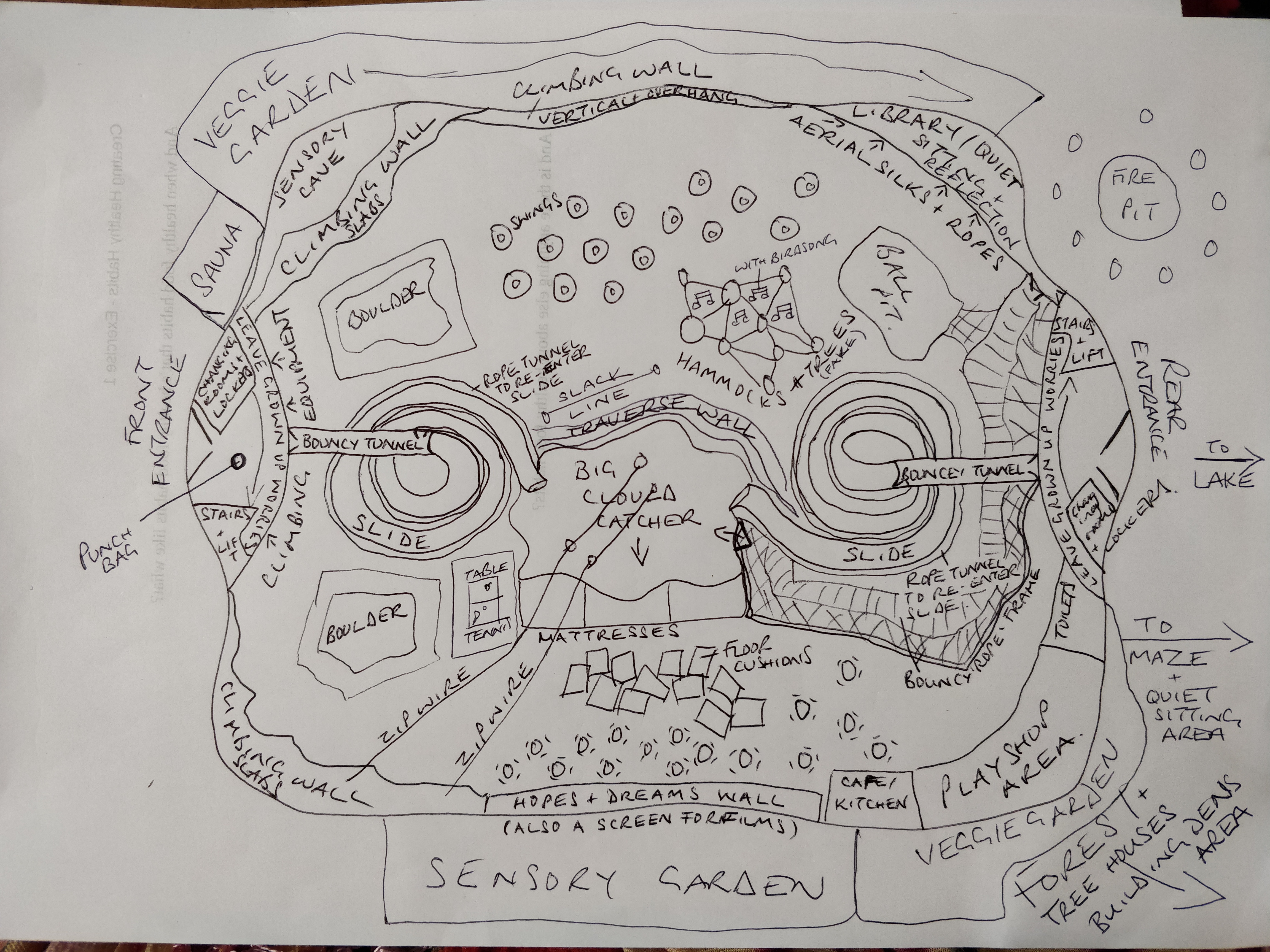
In 2018 I attended a lot of workshops to learn entrepreneurial skills because I thought the closest I could come to making Wonderland a reality would be to make it into some kind of business. I thought about the Minimum Viable Product, which would be a ticketed event for adults held at a children’s indoor adventure playground where the attendees could leave their grown up worries at the door, share their hopes and dreams and play with childlike glee. So, I created a website and a Facebook page and marketed like mad. I ran two of these events in February and April 2019 at Funplex, Brighton with support from amazing people (The Good Business Club, Beepurple, Thrive! to name a few). Both events made a small profit (without paying myself), which, I’ve been told, is unusual for new ventures. So, now I know that people will buy tickets for such an event.
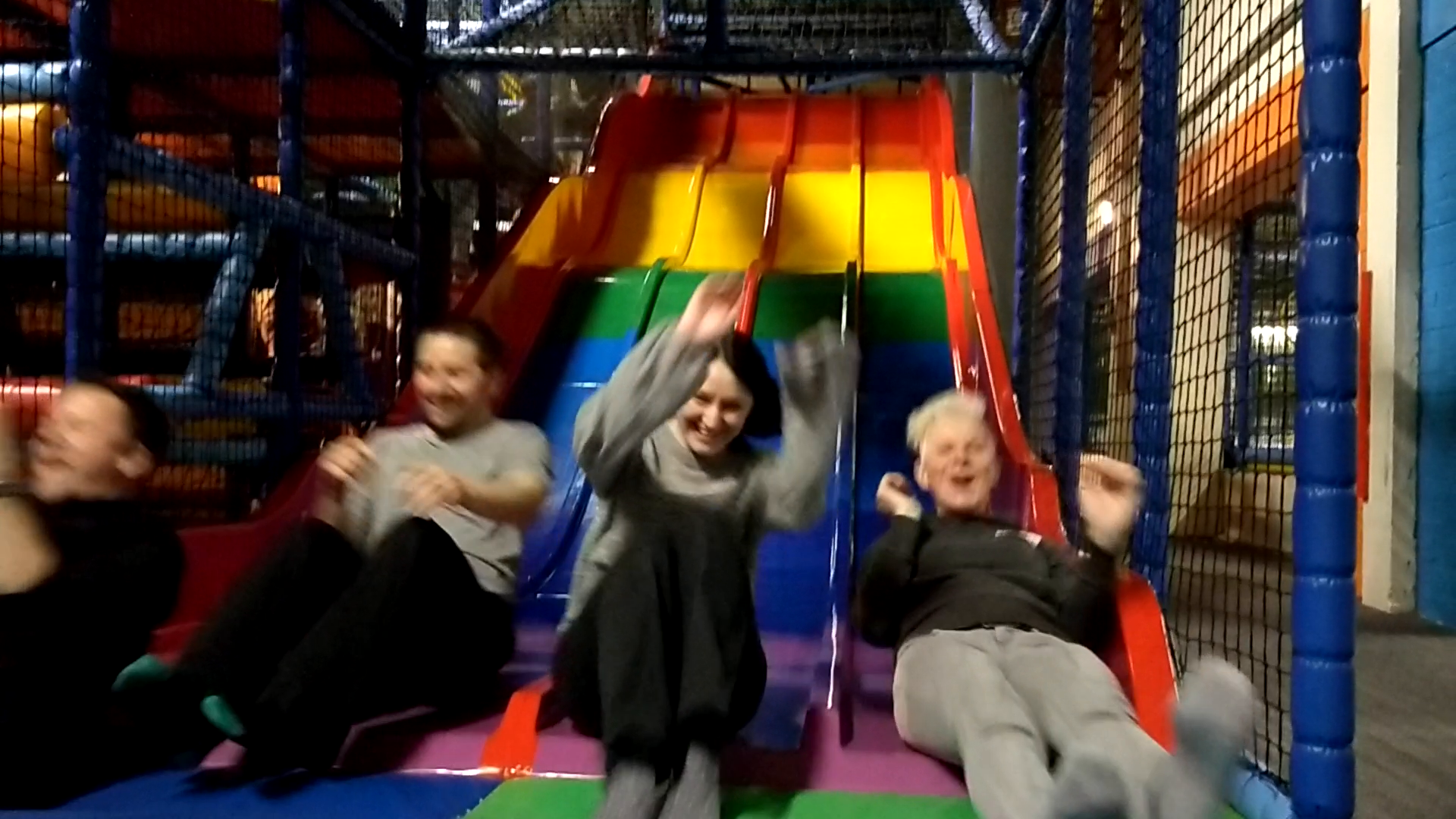

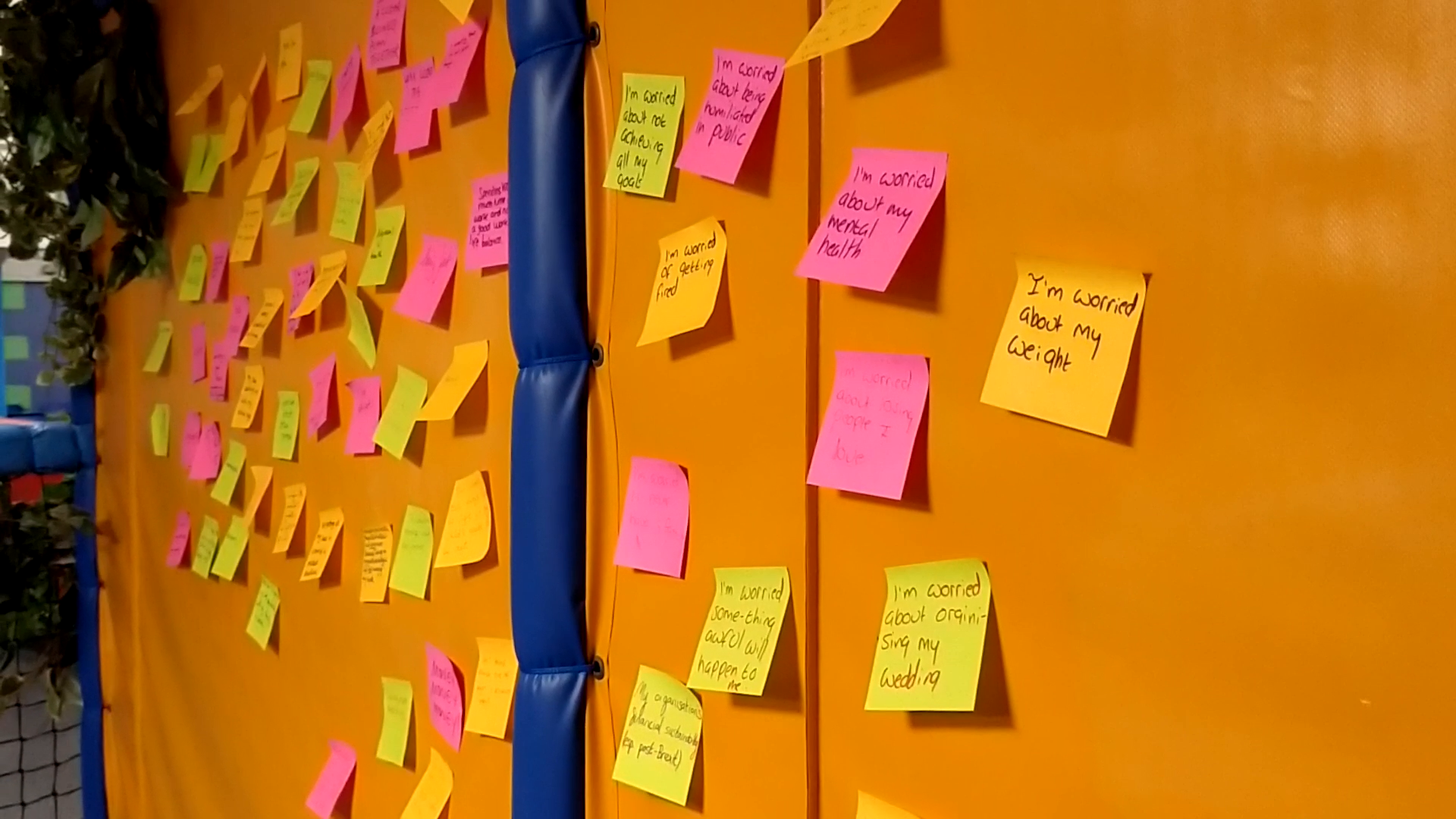
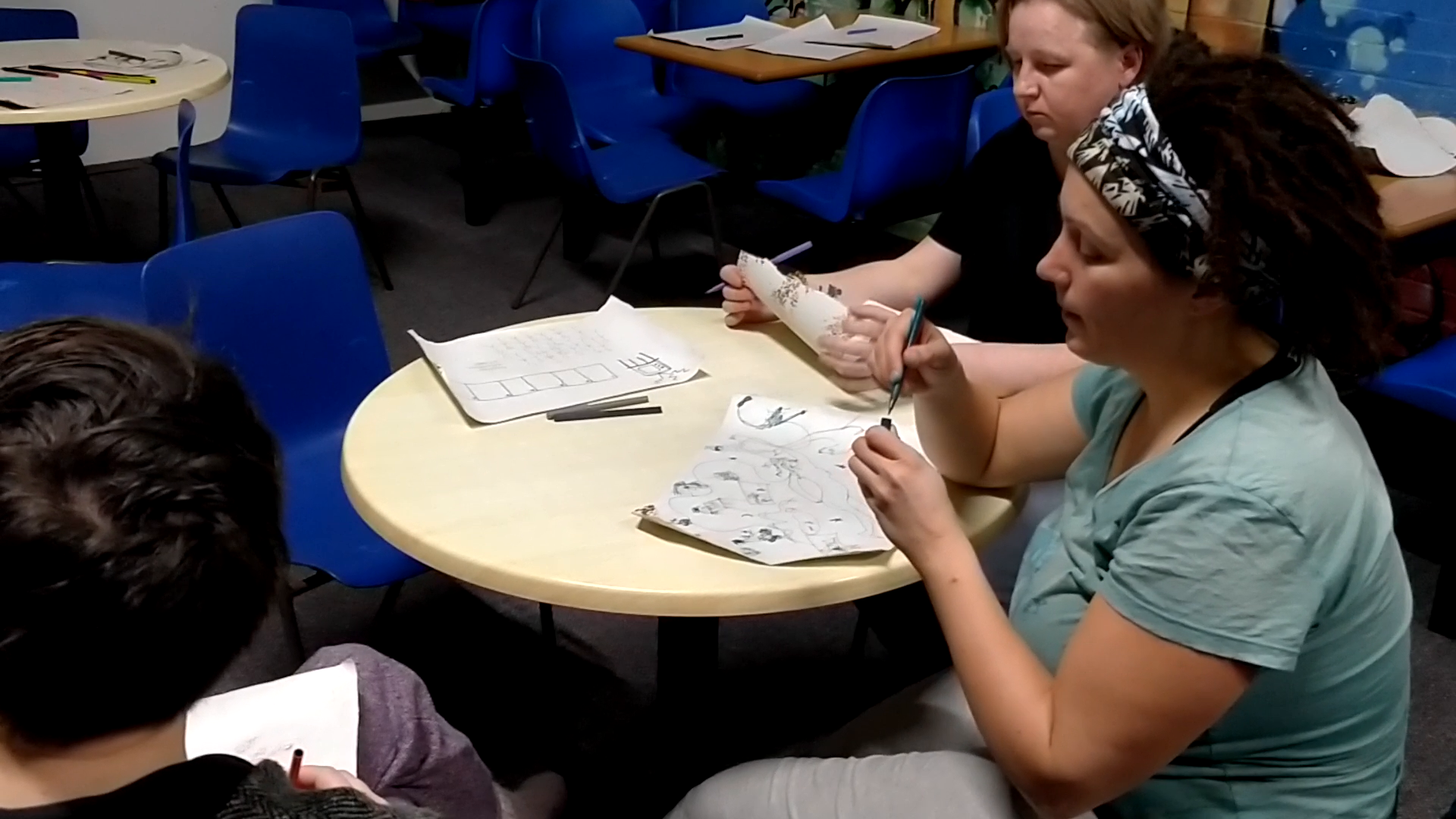
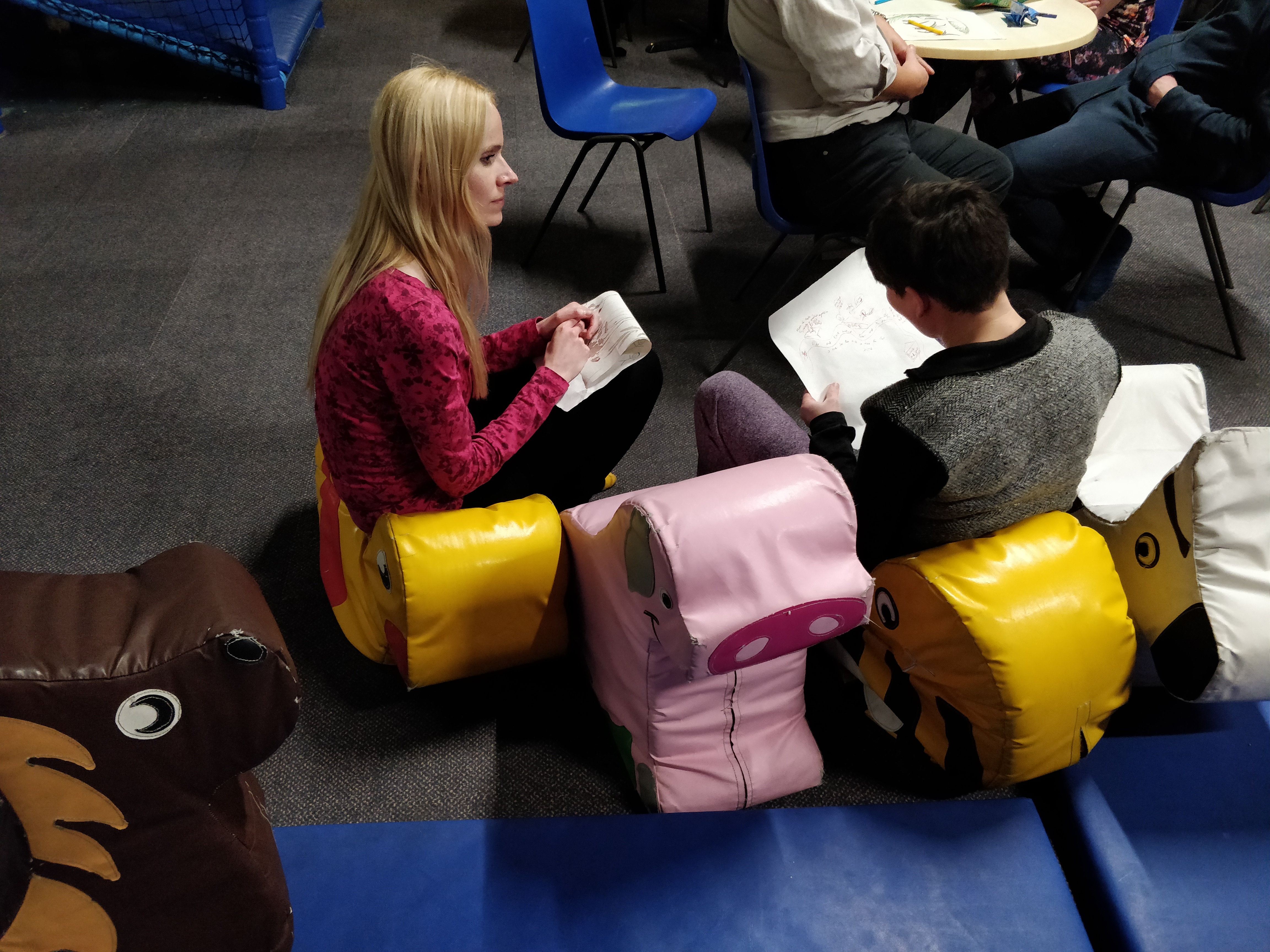
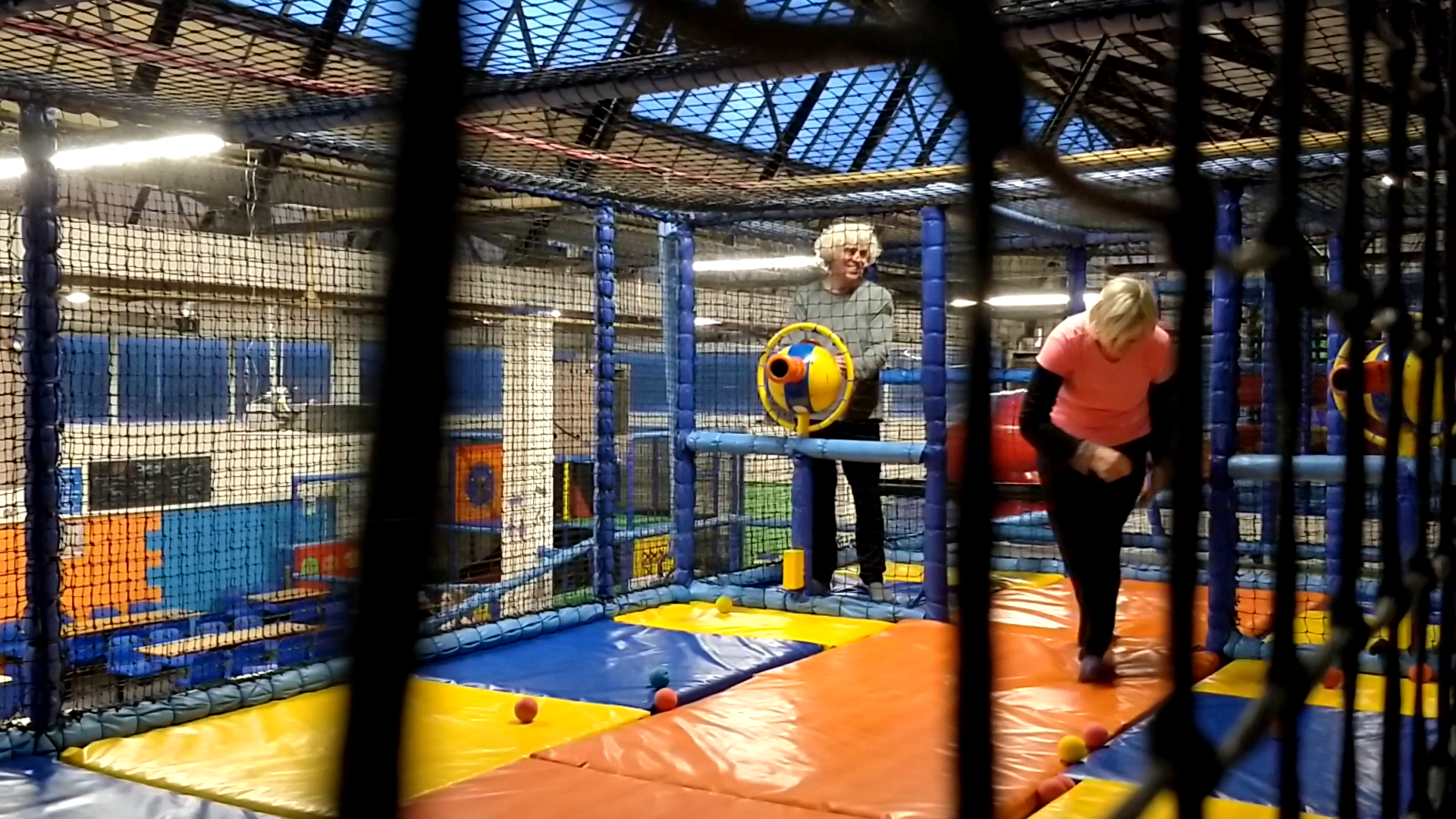
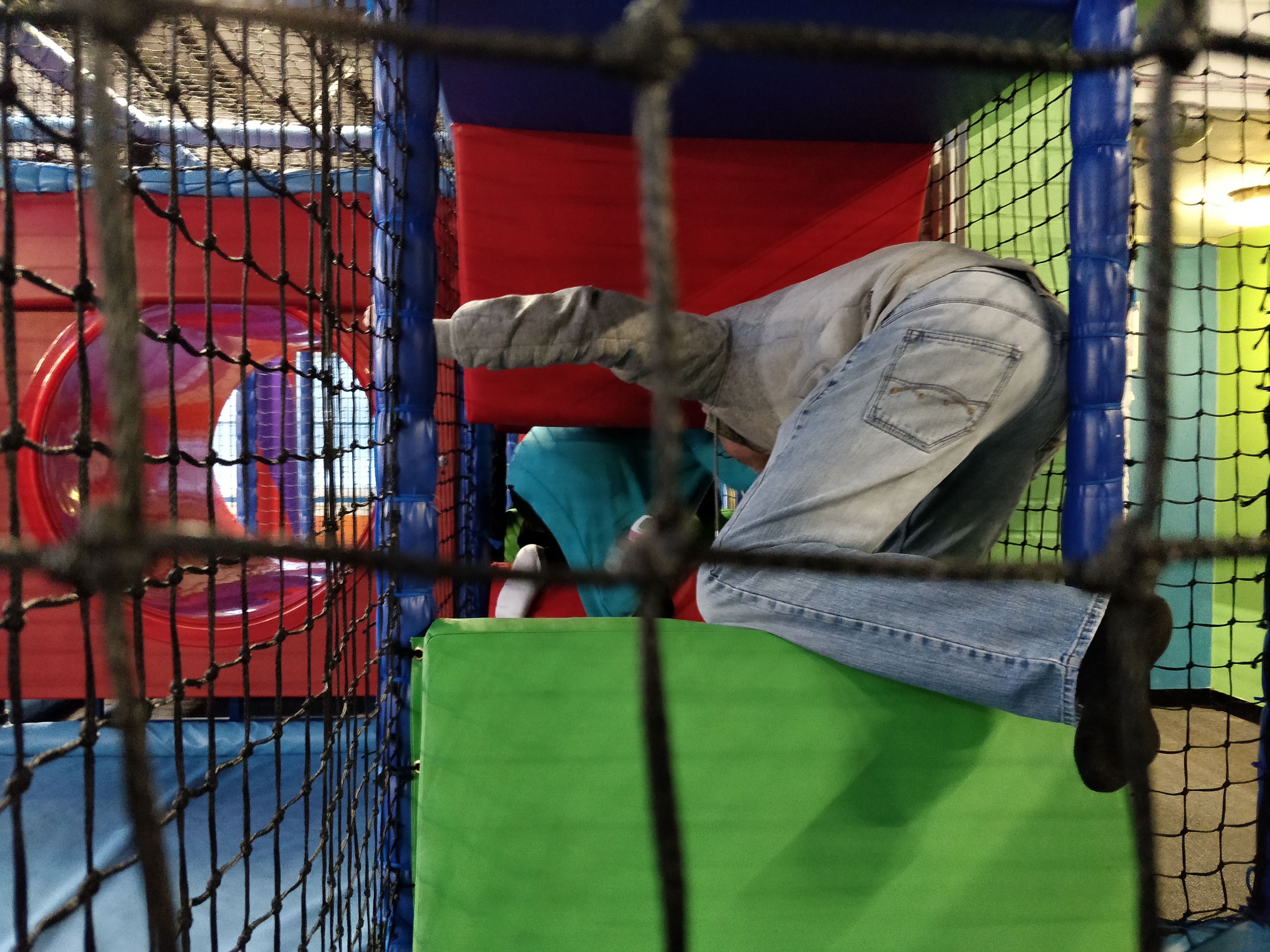

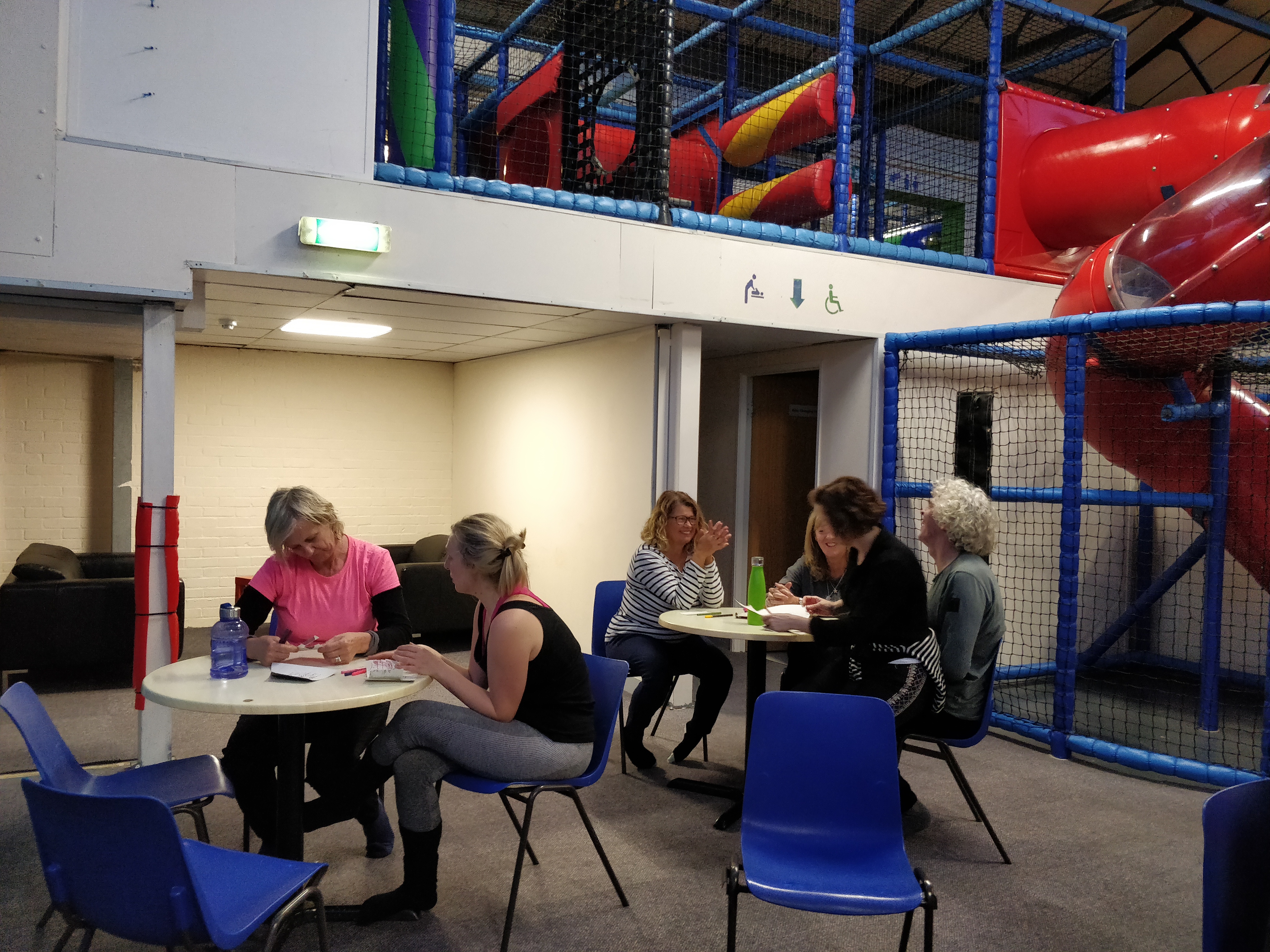
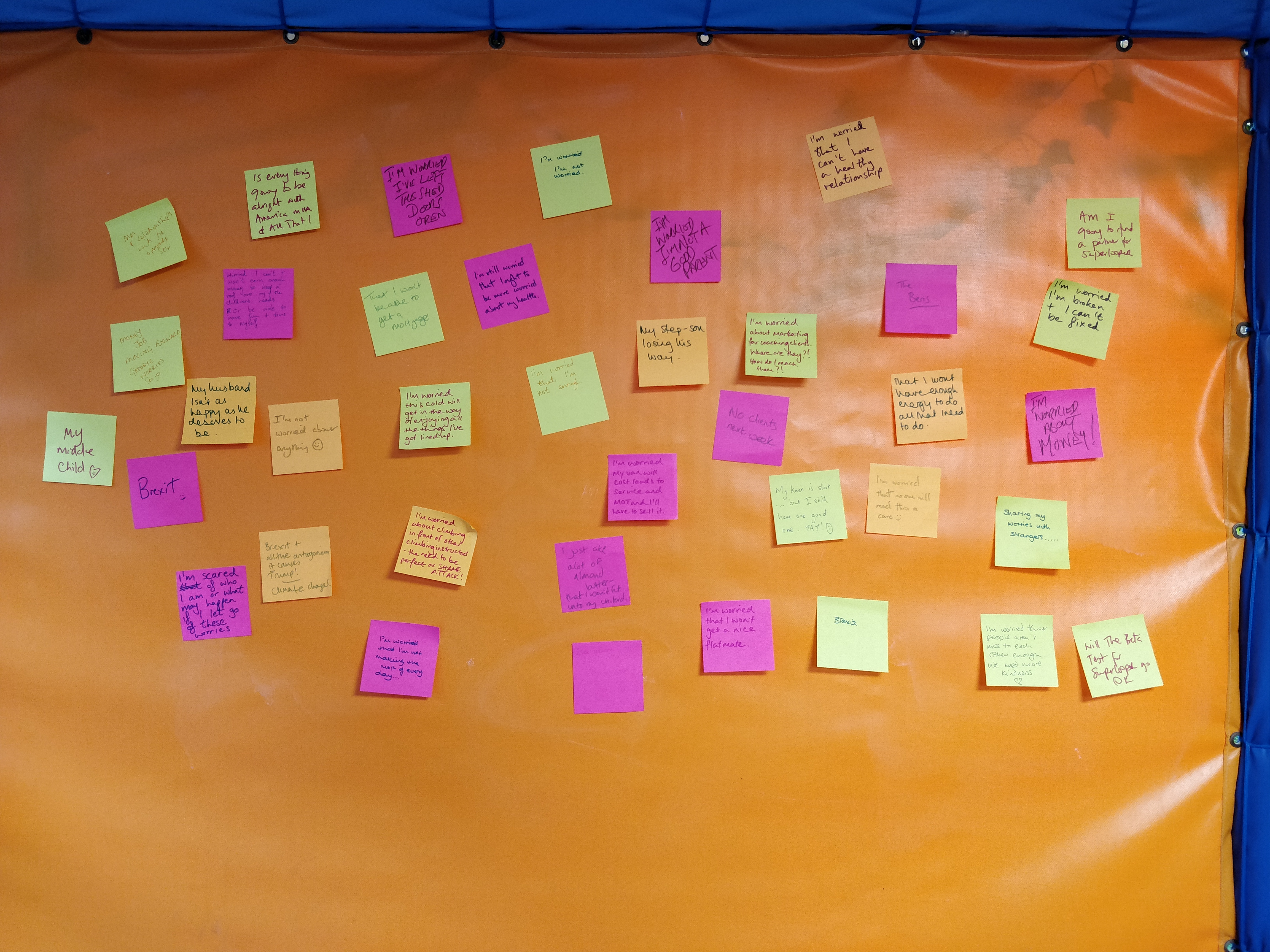
Whilst these events were fun, something wasn’t quite right for me. One of my original intentions for Wonderland was to provide a space where people who’ve experienced trauma could come and feel safe enough to play with childlike freedom. Playfulness does not come naturally to those with C-PTSD. Running around exuberantly didn’t feel quite right. I’m still not quite sure what the answer is but I would like to do some more experimenting with some outdoor events around playfulness.
